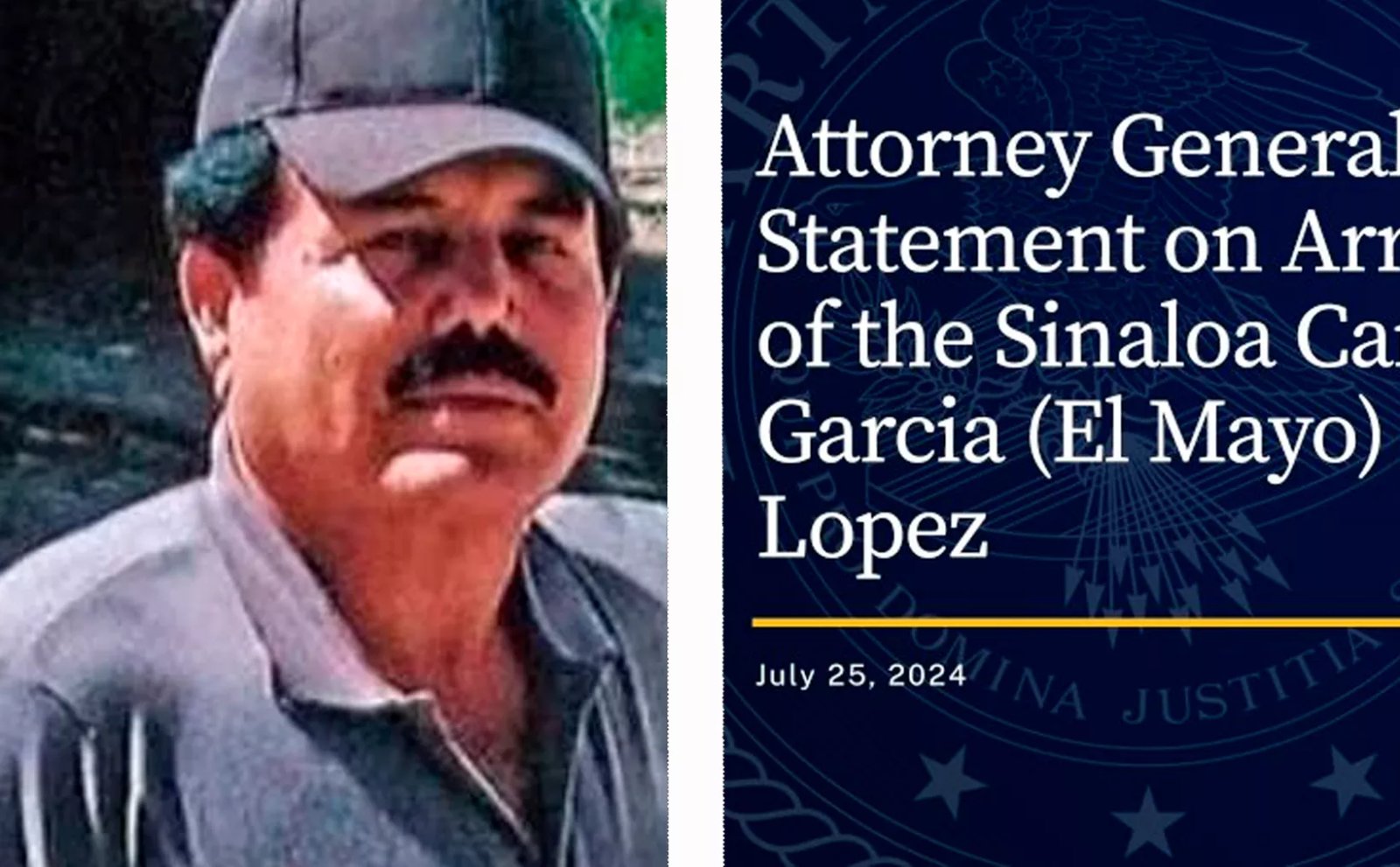SEMERNAT Helps QRoo Establish Guidelines to Combat Sargassum
Each Municipality Required to Have a Manual that Establishes Standardized Sargassum Management Protocols.
Last May, the Ministry of Environment and Natural Resources (SEMERNAT) published the guidelines for the management of sargassum. The Secretary of the Environment in Quintana Roo, Efraín Villanueva Arcos, said that several sargassum disposal sites were visited and collection points were reviewed. He also indicated that there is a promising pilot project in Puerto Morelos that converts the macroalgae into a bio-fertilizer.
On May 12th, SEMERNAT published the official guidelines for the management of sargassum, a document detailing the processes that must be followed and the manner in which it should be done.

The published document also states that each municipality must have its own manual that establishes the measures that will be taken to combat sargassum, remove and dispose of it in that area. A workshop was recently held to review the guidelines of each municipality that has coastline in the state of Quintana Roo.
“They must have a minimum content, more or less in common, and it has been an opportunity for the municipalities to expose their advances and problems and the federal government took note of it”, specified Tonatiuh Herrera Gutiérrez, Undersecretary for the Promotion of Environmental Regulations of SEMERNAT who was present at the course.
The Secretariat of the Environment (SEMA), together with the SEMERNAT team, visited specific sites that treat and dispose of sargassum, as well as several collection points in Playa del Carmen. The team also verified how the piles of macro-algae are actually collected from the beaches and transferred to the final disposal sites.
In Puerto Morelos, they visited the vessel “Arm Natans Bso-101”, which has the capacity to collect 250 tons of sargassum. This collection barge is already operating this season along with another smaller vessel, which transports the macro-algae to the collection points onshore.
The group also toured Calo Park, a site that concentrates several companies such as “C-combinator”, which produces a bio-fertilizer and bio-stimulant obtained from sargassum, through a chemical process developed by the Universidad Autónoma Chapingo. This bio-fertilizer can be used in the agricultural, livestock, and forestry sectors.
“It is in the testing phase, but it is an interesting and promising part so that the sargassum becomes a business possibility,” said the secretary.
Villanueva Arcos also indicated that the National Council of Science and Technology (CONACYT), with whom the technological issues were discussed, will make a call for proposals to respond to the sargassum problem.
Source: La Jornada Maya











